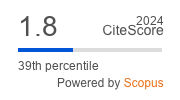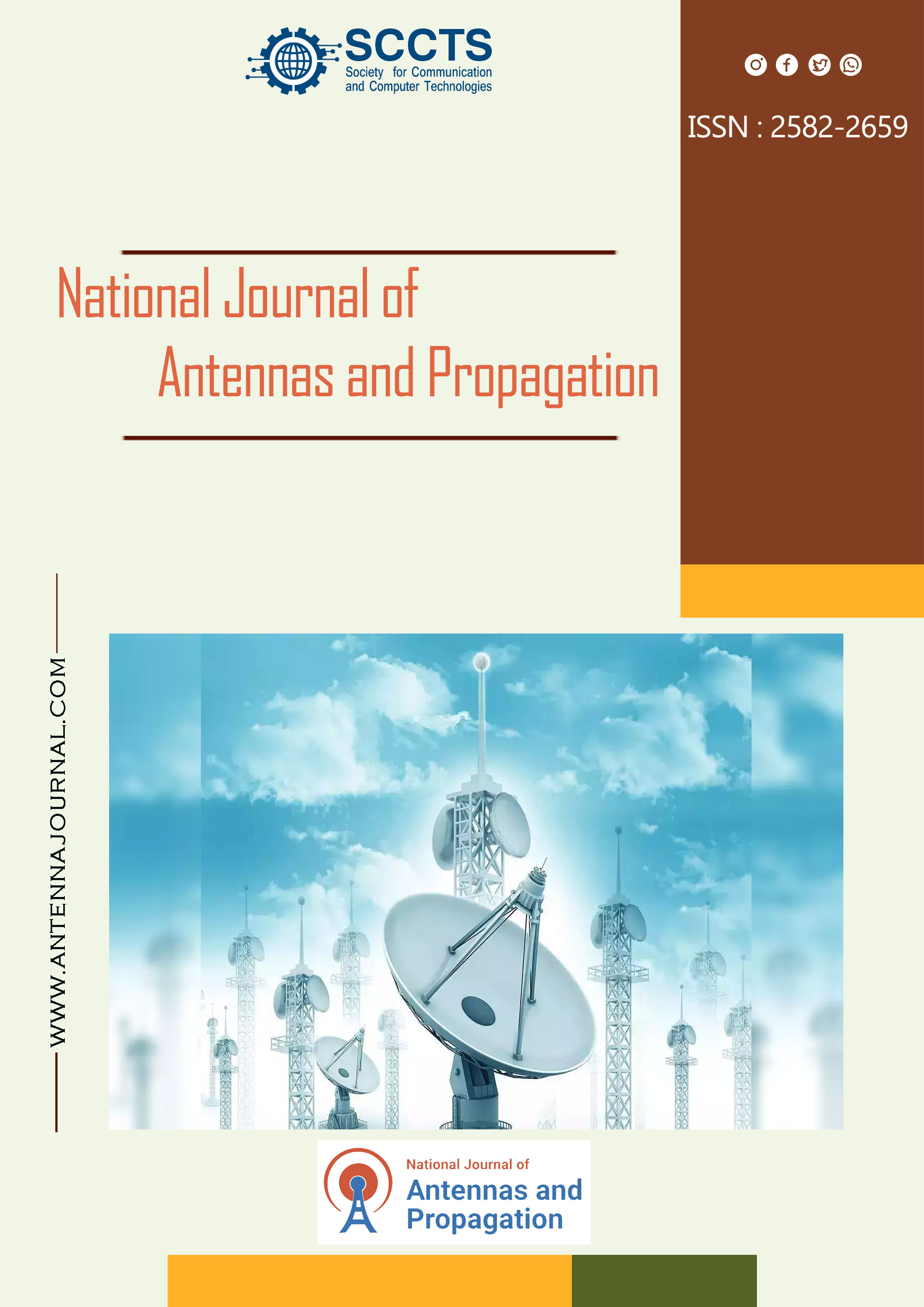AI-Powered Adaptive Modulation for Enhanced Spectral Efficiency in 6G Networks-antenna
DOI:
https://doi.org/10.31838/NJAP/07.01.01Keywords:
6G Networks,, Adaptive Modulation,, Spectral Efficiency,, Artificial Intelligence (AI),, Massive MIMO,, Beamforming,, Intelligent Reflecting Surfaces (IRS)Abstract
A dramatic leap in spectral efficiency is required to enable ultra-high data rates, exceptionally low latency, and immense device connection for the sixth generation (6G) wireless communication networks. The environment of 6G is far too dynamic for static scheduling methods to work given the rapid fluctuations in channel conditions and unpredictable user demands. This paper proposes using AI to create an adaptive modulation framework that identifies the most appropriate modulation scheme, given the real-time wireless conditions. We apply machine learning algorithms, intense reinforcement learning, to create a system that learns through the captured real-time monitoring of the channel state information (CSI), signal to noise ratio (SNR), user traffic volumes, and historical trends over time to make optimal modulation decision adjustments. The main contribution of this work lies in developing intelligent modulation control combined with advanced antenna systems like massive MIMO, intelligent reflecting surfaces (IRS), and beamforming. These antennas offer spatial diversity and improved signal quality which are fundamental to the functional performance of adaptive modulation systems. We perform realistic 6G channel model simulations and show that our AI-integrated method significantly improves spectral efficiency, bit error rates, and resistance to mobility and interference. This investigation highlights the feasibility of integrating Artificial Intelligence with advanced antenna systems to satisfy the requirements for future 6G networks. It provides a groundwork for smart, context-sensitive modulation techniques for modern wireless systems.











